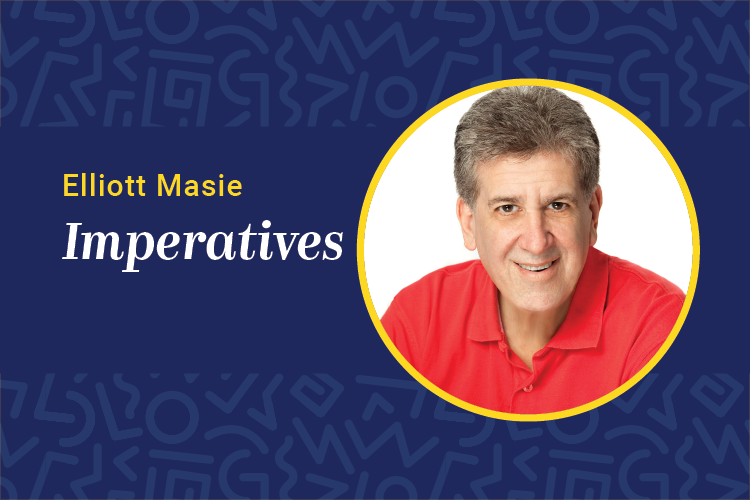Ask a sample of employees to list the number of languages they speak or understand and at what level of confidence. The results will give you a sense of one of the major challenges the United States faces in going global — a language gap. An overwhelming number of American professionals only speak English, unless they grew up in a bilingual household. They are not overly interested in learning a second or third language.
At the same time, almost every U.S. corporation is turning to the global environment for its core growth: looking for new marketplaces overseas, growing internationally located workforces and partnering with offshore organizations in supply chains.
Whenever I attend a meeting overseas, I am reminded of the language gap. While I can use a bit of my high school Spanish or college German to help place orders in restaurants, I cannot operate professionally in another language. In contrast, many of the international colleagues at such events move easily between their native languages, English, French and, increasingly, Mandarin. Even when they are not fluent in English, their informal competency in my native tongue gives them an advantage.
When we think about talent, language skills are rarely mentioned. Rather than make a concerted effort to grow language skills, most organizations take a passive approach. They assume all business dealings are conducted in English, use translators for documents and in meetings and rely on global colleagues to act as translators.
After a meeting is over, sitting in a cafe with my global colleagues, leaders will sometimes take a risk and ask why so few Americans speak another language. If they are being totally honest, they will share a hunch that Americans are self-centered, and that we assume English is the international language of business, which means the rest of the world should be ready to learn it.
In our increasingly distributed world, with teams spread far and wide, the assumption continues to be that English will be the working language, even at the risk of misunderstandings or gaps in context and comprehension. Add telepresence, desktop video, texting, social media and other ways in which we are connecting globally; yet, most Americans can only participate in the English components.
As we head into 2012, it is time for U.S.-based global companies to expand their commitment to workforce language skills. There are several actions organizations can take to move toward this aspiration:
• Inventory language competencies: Add to the employee directory, on a voluntary basis, indications of second- or third-level languages employees speak.
• Language testing and assessment: Few organizations have measures or standards for language skills. We can leverage the work done by the State Department and intelligence community, which have a numeric scale to assess language skills.
• Language training resources: Make language learning programs available in the workplace, ranging from lunchtime cafe-based learning sessions to formal language classes. Skype-based language tutors from overseas, accessible from home in the evening or on weekends, could also prove useful.
• Language badges: A number of companies give employees who speak other languages small buttons to wear, which indicate their talent to both colleagues and customers.
• Language learning experiments: There is research under way at the University of Maryland on new cognitive science approaches to teach foreign languages to adults more rapidly and easily.
• Hiring targets: When considering your hiring criteria, give significant preference to individuals who are language ready, meaning they have current skills, a rusty set of skills or evidence of agility at learning languages. Set targets for business units to become global.
Of course, there is a much larger problem: the lack of commitment, understanding and rigor to include language training in schools. Parents and educators must understand the growing critical and competitive gap as students fail to embrace languages as tools for global employability. In 2012, let’s build an alliance of educators — in corporations and schools — to change the culture on this issue.
Elliott Masie is the chairman and chief learning officer for The Masie Center’s Learning Consortium. He can be reached at editor@CLOmedia.com.















